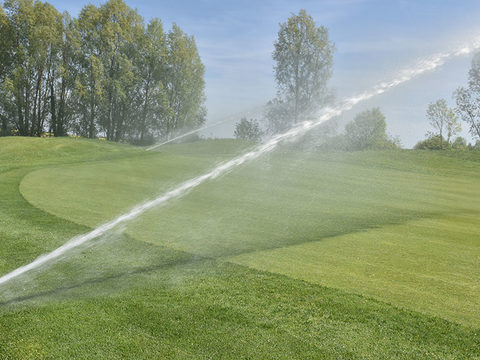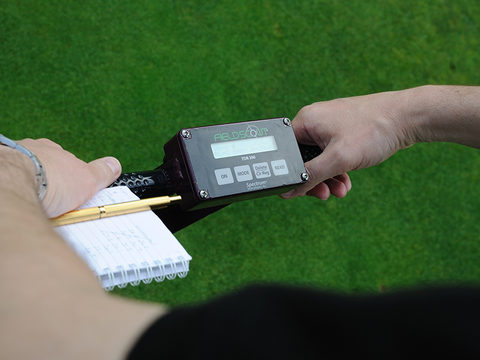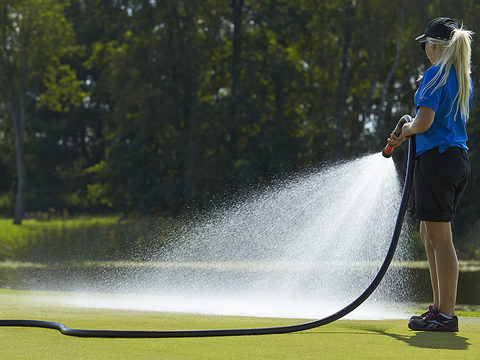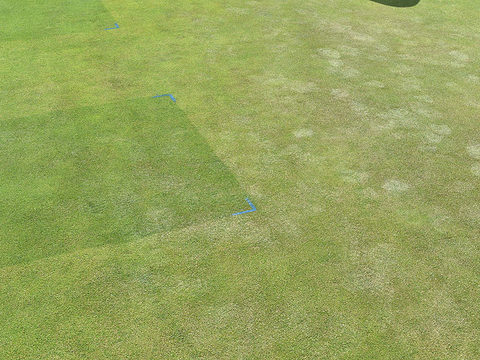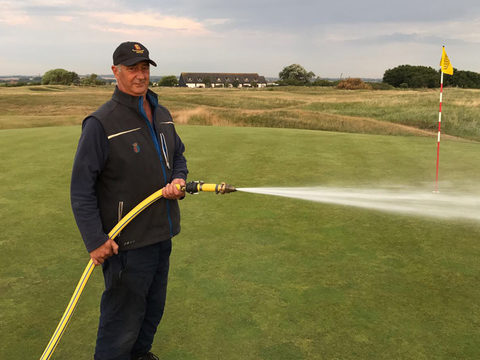Making sense of moisture
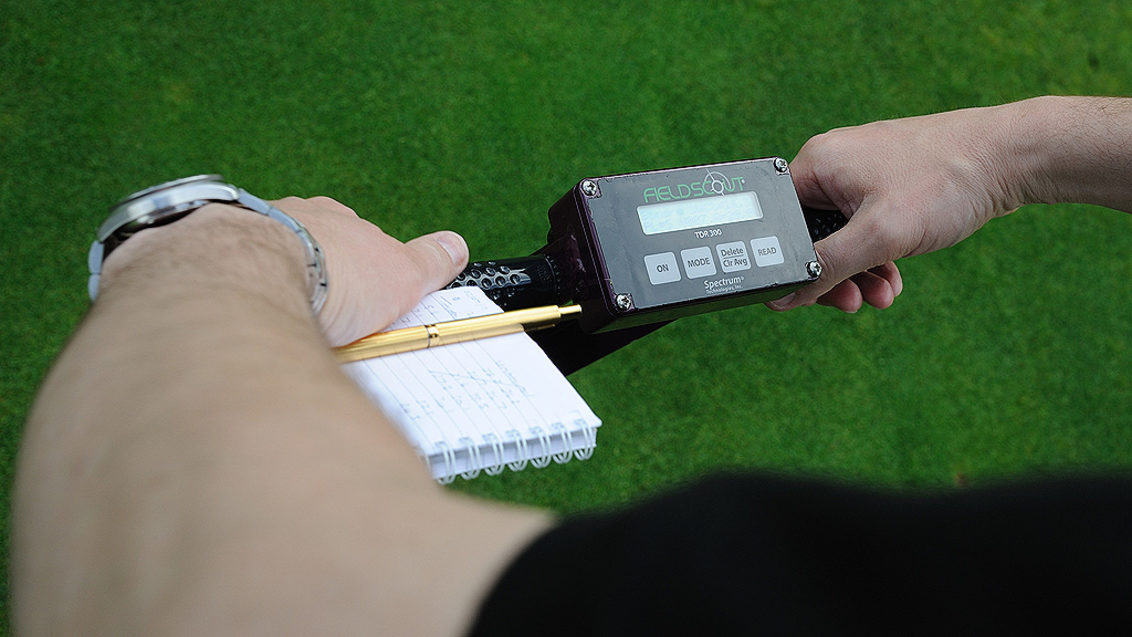
New sensor technology is enabling more accurate monitoring of soil moisture, to enable better decisions for plant stress and optimising irrigation, writes Syngenta Technical Manager, Glenn Kirby.
It’s an exciting area of new research, when understanding what’s going on under the soil can be integrated to weather forecasting and turf health prediction models to alleviate plant stress before it occurs, and make far more efficient use of water resources.

|
Greenkeeper International InSight feature |
Hand held probes are a great first step, but are time consuming. Permanently imbedded probes keep a constant watch, but the wiring has previously been a limitation.
Now, remote sensors, either on a wireless system or with their own transmitters, offer the chance to precisely tailor water requirements.
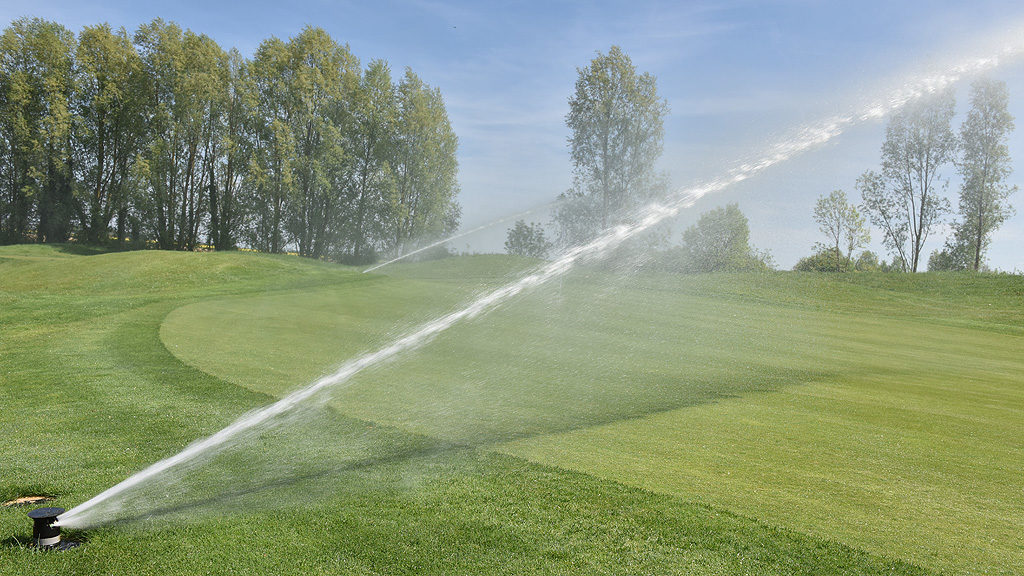
Probes do need to be set to give a representative reading for any range of greens being managed, and that the measure is at the appropriate depth for where roots are being encouraged to grow.
Then calibrated to understand what the reading means in terms of turf health and when wilting points will be hit.
To calibrate a soil moisture probe to specific soils: |
|
|
|
|
|




